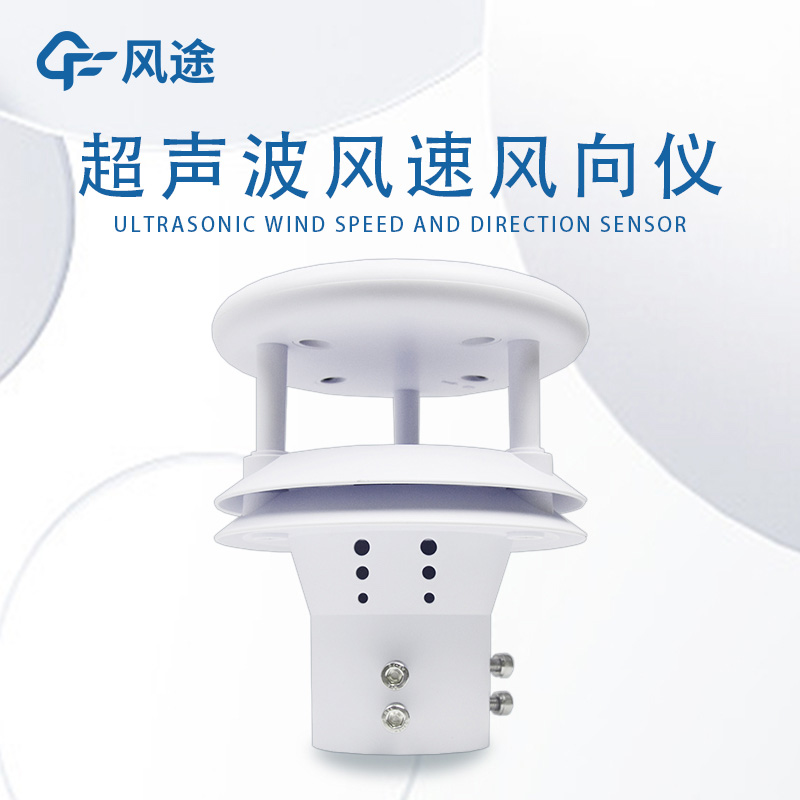Shandong Fengtu IOT Technology Co., Ltd
Sales Manager:Ms. Emily Wang
Cel,Whatsapp,Wechat:+86 15898932201
Email:info@fengtutec.com
Add:No. 155 Optoelectronic Industry Accelerator, Gaoxin District, Weifang, Shandong, China

Sales Manager:Ms. Emily Wang
Cel,Whatsapp,Wechat:+86 15898932201
Email:info@fengtutec.com
Add:No. 155 Optoelectronic Industry Accelerator, Gaoxin District, Weifang, Shandong, China
time:2024-05-10 08:44:18 source:Weather Station viewed:738 time
Monitoring wind speed and direction is extremely critical for multiple industries such as fisheries, meteorology, industry, mining and healthcare. As wind power technology evolves and environmental standards improve, the demand for accuracy and performance of wind speed and direction measurement equipment rises.
Wind speed and direction detection typically relies on anemometers and wind vanes. Anemometers measure the speed of air flow and are safety and environmental monitoring devices. A common type of anemometer is the wind cup, which consists of three parabolic cups fixed around an axis, which rotate with the wind as it blows and rotate at a speed proportional to the wind speed.
A wind vane, on the other hand, is a device for determining the direction of the wind, and generally consists of an arrow-shaped head, a horizontal rod, and a tail. The vane will rotate in the wind, with the arrow pointing in the direction of the wind's source.
Traditional mechanical anemometers and wind vanes are prone to wear and tear, do not have a long service life, and have limited measurement efficiency and accuracy. The new ultrasonic wind speed and direction meter overcomes these problems. It determines wind speed through the propagation changes of ultrasonic waves in the air, and has no mechanical moving parts, so it is more durable, highly accurate, and suitable for measurements under a variety of environmental conditions.
The ultrasonic wind speed and direction sensor is not limited by wind speed, works even in windless conditions, and can measure in all directions without angular restrictions. It has an integrated design with no moving parts, making it durable and low maintenance. The operating principle utilises an ultrasonic transmitter and two receivers to determine wind speed and direction by calculating the change in displacement of the ultrasonic waves in the horizontal direction. Each sensor is positioned at a fixed location and by collecting and analysing eight sets of data, wind speed and direction can be accurately calculated.

When choosing an anemometer, there are a few key factors to consider to decide on the best device for your needs:1. Measurement needs: If you need precise data, choose a certified anemometer; if it is just for general observation, a simple anemometer will suffice.2. Environmental suitability: If you...
Most agricultural workers believe that the wind direction, wind speed and other factors do not have much impact on crop growth, but can not be ignored on the harm caused by crop plants, crop collapse is often encountered in modern agricultural production, we use ultrasonic wind speed and wind direct...
In the Internet era, soil moisture monitoring systems can be revitalized by combining with technologies such as the Internet of Things, big data and artificial intelligence. For example, real-time monitoring and remote transmission of soil moisture data can be realized by using IoT technology. By de...
ambient weather lightning detector detects lightning within 15KM of your location and accurately detects lightning strikes....